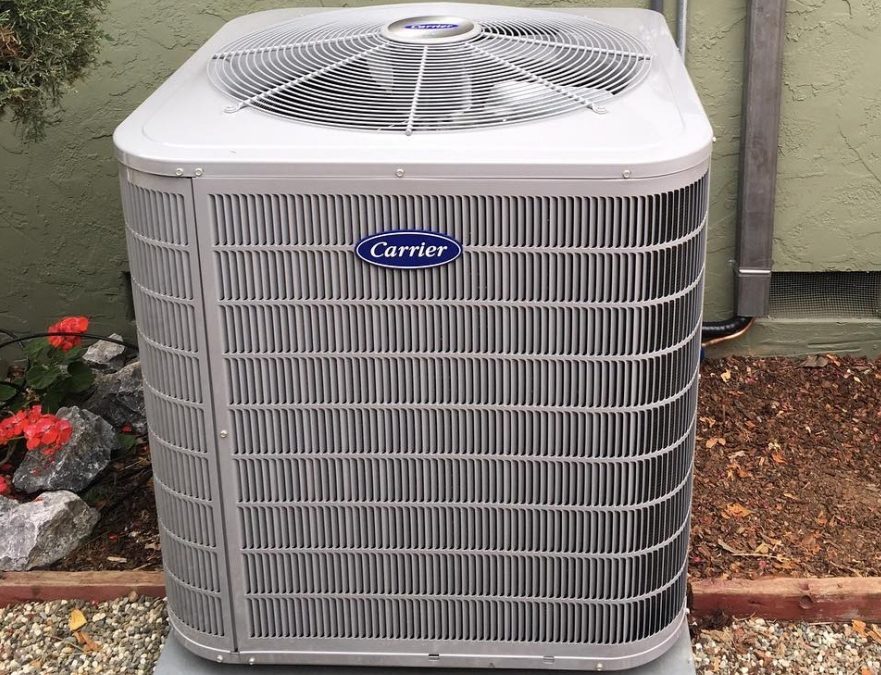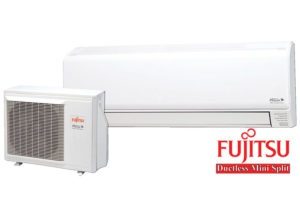It’s a straightforward question, but the answer isn’t quite as clear-cut. There are many brands of heating, ventilating and air conditioning system (or HVAC) to choose from, and they’re priced differently.
You also need to consider additional factors and ask yourself: Do I need to get the HVAC technician near me to do a full system installation with a centralized thermostat or just a swamp cooler for the summer? Do I need a new furnace along with the HVAC system? What sort of heating would I prefer: geothermal, just attic fans, or radiant heating?
To make things more complicated, the cost of each of these will vary according to the machine sizes, style, and quality of your choice. No wonder people are quick to call in the professionals the moment they figure out they’re in above their heads.
But there’s a simple way to get a decent estimate of how much HVAC systems will cost you. Just put everything together.
Total Installed Cost
A total installed cost is a cost estimate that takes into consideration every factor that goes into the procurement, labor, and installation of a system. It’s basically the sum of all the costs associated with HVAC installations – just everything put together.
The total installed cost is convenient because it gives you a manageable, realistic estimate of the final bill. Beyond that, however, it’s also important because it allows you to systematically break down the individual costs of all factors required to get an HVAC system up and running.
Think of the total installed cost (TIC) of an HVAC system as this formula:
TIC = Space usage + equipment costs + installation costs + design costs
Space usage refers to the usable space that is either consumed or saved by the HVAC system.
Some considerations regarding space usage include:
- The variety of air handlers – There are several options in terms of where to place air handlers due to their variety: on the floor or even in a closet, high on walls, or the ceiling.
- Refrigerant lines – It makes sense that smaller lines take up less space and thus reduce clearances, but this means that the placement of machines leading to and from the lines should be given much thought.
- Compact units – If there are more compact, smaller units of machinery available, you can consider purchasing them if it suits your needs to free up space; of course, you need to consider the probable additional costs.
- Ductless systems – Ductwork is limited by ceiling height, which in turn is limited by code. Consider using ductless systems if the dimensions of the installation space are insufficient, or consider increasing the ceiling height or fitting more floors within the same envelope – that in and of itself will take a lot of cost estimation, however.
Equipment costs are self-explanatory, but take note that in your estimation of equipment costs, you can increase savings by making sure that you not only have everything you need, but also that you don’t have equipment that you wouldn’t need. Less equipment = reduced installation costs.
- Labor hours and costs
- Wiring and electrical
- Insulation and piping
- Structural considerations
- Rigging (fits and cranes)
- Controls integration
- Environmental concerns and drilling
Design costs, on the other hand, are comprised of labor hours spent on system specs and design.
Design Cost Considerations Include:
- Flexible placement
- Ductless indoor units
- Ceiling height
- Mechanical chases
- Rooms
- System scaling (for future additions or upgrades to the existing HVAC system)
Taking Careful Stock of Cost Estimates
Evidently, putting in an air conditioning system isn’t a walk in the park.
Equipment is usually the most important factor in terms of costs when designing and specifying HVAC systems. Equipment costs vary from one technology to the next – some manufacturers consider VAV or chillers as their lowest-cost options, for instance, but in truth there may be some hidden factors that make the final bill much more expensive than expected.
But a comprehensive comparison of HVAC costs goes beyond equipment. There are hidden costs to look at – tooling, labor, consulting and engineering, even structural modifications to accommodate the system. Connecting outdoor and indoor equipment can also be very tricky, which is just another word to say “potentially expensive.”
So even if a manufacturer could provide VAV or chillers on the cheap, their required number of air-handlers, weight, and piping – among others – can actually increase the final bill by quite a lot. This is why assessing the total installed cost is the way to go.
A Word on Energy Efficiency
Finally, a caveat worth taking note of: You should at least be aware of today’s HVAC energy efficiency standards. Following these standards can help you save energy, and saved energy means reduced costs.
If you’re serious about energy saving initiatives, California offers energy upgrade projects available for eligible single-family homes.
You could receive incentives and rebates of up to $6,500, upgrade your entire home with multiple energy efficient improvements, and get professional help from contractors.
Let our HVAC professionals help you find the right air conditioning system solution for your home. Visit Ventwerx HVAC today!




